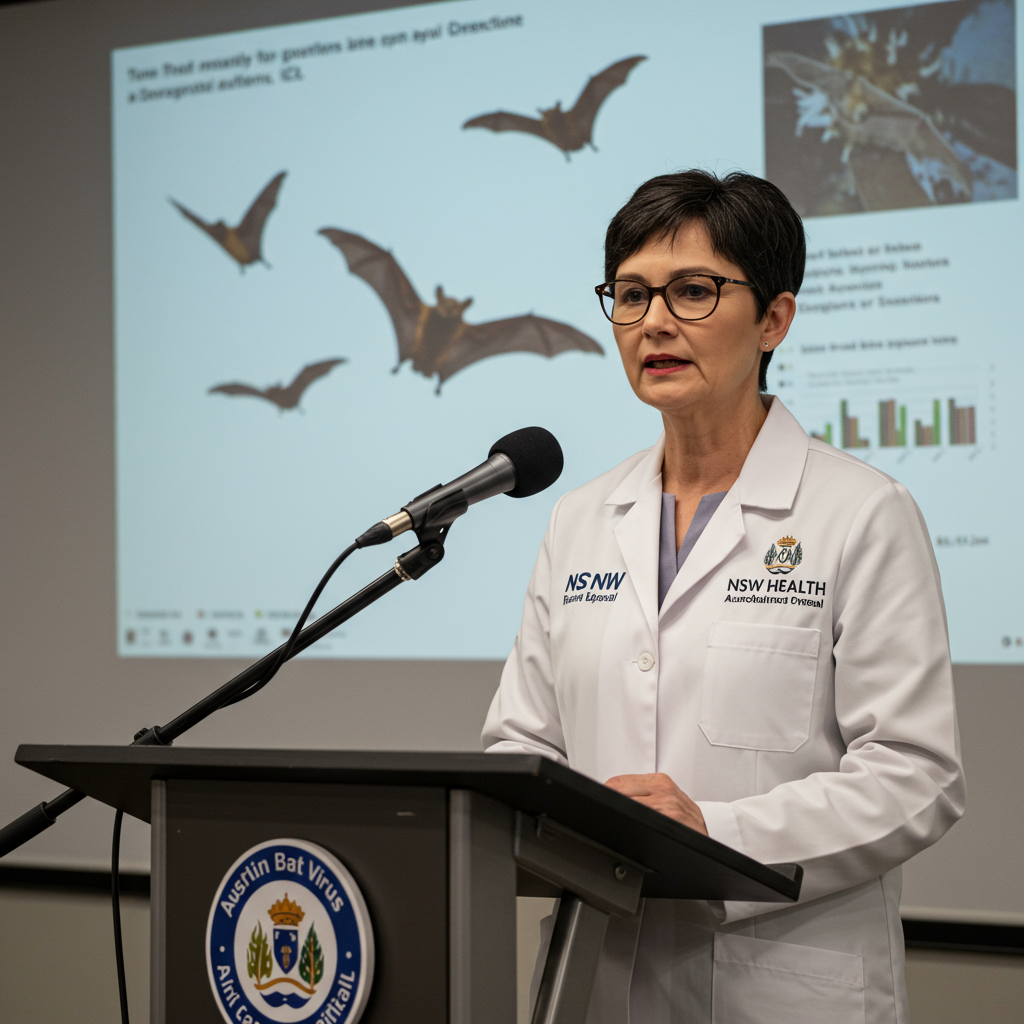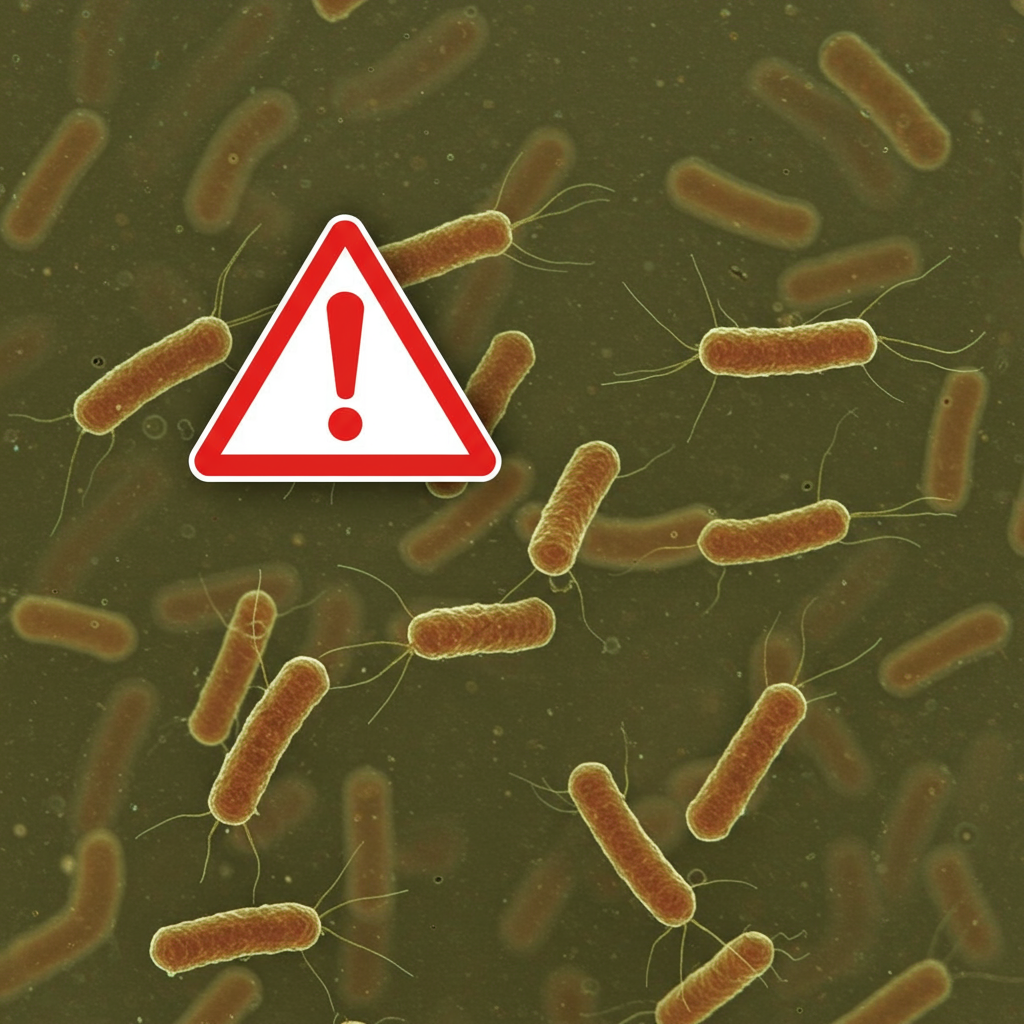Following a rare fatality, NSW health officials warn about Australian Bat Lyssavirus (ABLV). This deadly, rabies-like infection, though exceptionally uncommon in humans, can be transmitted through bat contact. Learn the critical facts about ABLV, how to prevent exposure, and what to do if you are bitten or scratched by a bat in Australia. Understanding the risks and taking simple precautions is key to staying safe.
What is Australian Bat Lyssavirus?
Australian Bat Lyssavirus (ABLV) is a rare, but severe, infectious disease. It belongs to a specific group of viruses called lyssaviruses. Rabies is the most well-known member of this family. ABLV is genetically distinct from the classic rabies virus. It was first identified in Australia in 1996. This happened after a fruit bat in northern New South Wales tested positive. ABLV remains the only lyssavirus found in Australia.
The virus targets the central nervous system. It has been found in several species of Australian bats. These include various types of flying foxes, fruit bats, and insect-eating micro-bats. ABLV has been detected across multiple states and territories. These include NSW, Queensland, Victoria, Western Australia, and the Northern Territory. Health authorities caution that any bat anywhere in Australia could potentially carry the virus.
How Does ABLV Spread to Humans?
Human infection with ABLV is exceedingly rare. The virus is primarily transmitted from bats to people. This occurs through a bite or a scratch from an infected bat. The virus resides in the bat’s saliva. Transmission happens if this saliva comes into contact with broken skin. It can also enter the body via exposure to the eyes, nose, or mouth. Simply being near bats is not a risk. Contact with their faeces also does not cause infection.
Experts highlight that human cases are a result of a “very rare convergence of different factors.” Since ABLV was first identified in 1996, only four human cases have been recorded in Australia. This is a tiny number considering how many people have been near bats. While animals can be infected, transmission from a pet to a human is considered highly unlikely. Person-to-person spread has only been reported in specific medical situations. This involves receiving infected tissue or organ transplants.
Rarity in Bats and Associated Risks
ABLV is uncommon even within the bat population itself. Studies screening thousands of healthy bats often fail to find the virus. Estimates suggest less than 0.5% of healthy bats are infected at any given time. Some experts believe the prevalence is even lower. However, the risk increases significantly with sick or injured bats. Research indicates a higher infection prevalence in rescued sick bats. This poses a clear and present public health danger.
Sick bats are more likely to be found on the ground. They might seem easier for people to approach. These bats may also display erratic or aggressive behaviour. They can die from the virus themselves. This process can be painful, lasting three to four weeks. Their unusual behaviour could increase the risk of contact. Therefore, any bat found on the ground should be treated with extreme caution.
Understanding ABLV symptoms
The incubation period for ABLV in humans is highly variable. It can take anywhere from days to several years after exposure for symptoms to appear. Early symptoms are often non-specific. They can mimic a common flu or other illness. These include fever, headache, fatigue, and general malaise.
Once the virus reaches the brain, more severe symptoms emerge rapidly. This progression typically takes one to two weeks. These neurological symptoms can be devastating. They include muscle weakness, confusion, and sensory disturbances. Paralysis, delirium, and convulsions may also occur.
Can Australian Bat Lyssavirus Be Treated?
This is a critical point about ABLV. Sadly, once symptoms begin in humans, there is no effective treatment available. The disease progresses quickly after clinical signs appear. It is almost invariably fatal. Death typically occurs within one to two weeks of symptom onset. This underscores the absolute importance of preventing infection and acting immediately after potential exposure.
Prevention and the Rabies Vaccine
While there is no cure after symptoms, ABLV is preventable. The good news is that the standard rabies vaccine provides effective protection. It works as potent immunisation against Australian Bat Lyssavirus. Vaccination is strongly recommended for individuals with a higher risk of bat contact. This includes wildlife carers, veterinarians, and certain occupational groups. For example, power line workers sometimes need to relocate bats.
NSW Health advises a pre-exposure vaccination course for high-risk individuals. This typically involves three injections given over one month. This preventative measure is a crucial safeguard for those who regularly interact with bats.
What to Do After a Bat Bite or Scratch
Acting immediately after potential bat exposure is crucial. The long, variable incubation period of ABLV offers a window for preventive treatment. This can stop the virus before it causes symptoms.
NSW Health outlines essential first aid steps:
- Wash Thoroughly: Immediately clean the wound with soap and running water for at least 15 minutes.
- Apply Antiseptic: Use an antiseptic solution that has anti-virus action. Betadine is an example.
- Allow to Dry: Let the treated area air dry.
- Seek Urgent Medical Attention: Contact your doctor or visit an emergency department right away.
Following these steps, healthcare providers will assess the risk. They will likely recommend post-exposure treatment. This includes a dose of rabies immunoglobulin and a course of the rabies vaccine. The immunoglobulin provides immediate antibodies. The vaccine helps your own immune system build protection quickly. Administered promptly, this treatment is highly effective. It significantly reduces the chance of developing the disease. While rare, treatment failure can occur, which experts noted is concerning in light of the recent fatality.
How to Safely Avoid Bat Contact
The most effective prevention strategy is to avoid direct contact with bats completely. Do not handle bats under any circumstances. This applies whether they appear healthy or sick. Never attempt to rescue an injured or distressed bat yourself.
Even a bat found on the ground could be ill. It might be carrying the virus. It is best to assume any grounded bat is potentially infected. Do not approach, touch, or try to feed it. Only trained, protected, and vaccinated wildlife handlers should ever interact with bats. If you find an injured or trapped bat, contact a local wildlife rescue organisation. Groups like WIRES have experts who can handle the situation safely.
Historical Context of Human Cases
Human cases of Australian Bat Lyssavirus are fortunately very rare. The first human fatality was recorded in Queensland in October 1996. It involved a wildlife carer. The second case, also fatal, occurred in December 1998. This was 27 months after the person was bitten by a flying fox. A young boy tragically died in 2012 after contact with a bat. The recent death in northern NSW marks the fourth human case recorded since the virus was identified. The virus has also been found rarely in other animals, including two cases in horses in 2013.
Frequently Asked Questions
What are the main symptoms of Australian Bat Lyssavirus infection?
Symptoms of ABLV appear only after a potentially long incubation period, ranging from weeks to years. Early signs are often non-specific and flu-like, such as fever, headache, fatigue, and feeling generally unwell. Once the virus reaches the brain, severe neurological symptoms rapidly develop. These include muscle weakness, confusion, paralysis, delirium, and convulsions, typically leading to death within 1-2 weeks of symptom onset.
Who should consider getting the rabies vaccine for ABLV prevention in Australia?
While not necessary for the general public, the rabies vaccine is highly recommended for individuals with increased risk of bat contact. This includes wildlife carers, veterinarians, animal handlers, and workers like those in power line maintenance who may encounter bats. The pre-exposure course involves three injections over approximately one month. This vaccine provides effective immunisation against ABLV.
What should you do immediately if bitten or scratched by a bat in Australia?
Immediate first aid is crucial. Thoroughly wash the wound or exposed area with soap and water for at least 15 minutes. Apply an antiseptic with anti-viral action, such as betadine, and let it dry. Seek urgent medical attention immediately. Healthcare providers will assess the situation and likely administer rabies immunoglobulin and the rabies vaccine course as post-exposure treatment, which is highly effective if given promptly.
Conclusion
The recent tragic death in NSW from Australian Bat Lyssavirus serves as a reminder of this rare but serious infection. While the virus is deadly once symptoms develop, it is highly preventable. Avoiding direct contact with bats is the simplest and most effective measure. For those at higher risk or in the unfortunate event of a bite or scratch, immediate wound cleaning and seeking urgent medical attention for post-exposure treatment with the rabies vaccine are critical steps that can save lives. By understanding the risks and taking appropriate precautions, individuals can significantly protect themselves from this rare threat.




